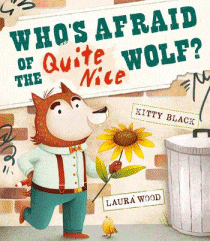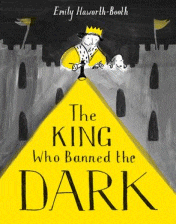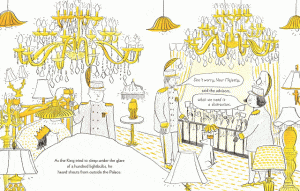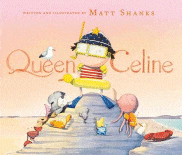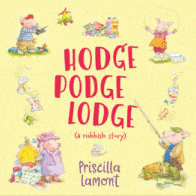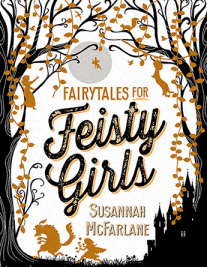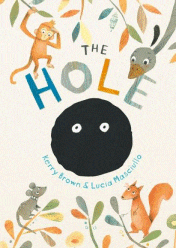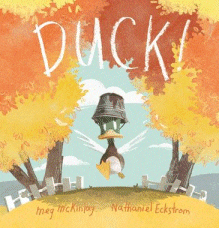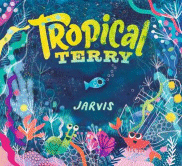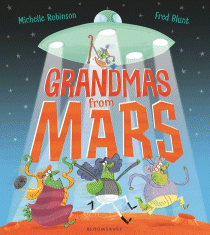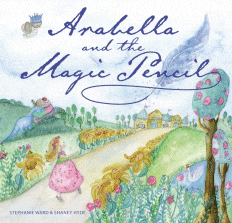
Arabella and the Magic Pencil
Arabella and the Magic Pencil
Stephanie Ward
Shaney Hyde
Exisle, 2019
32pp., hbk., RRP $A27.99
9781925820010
Arabella was the only child of a duke and duchess who doted on her and enabled her to be granted one special wish each year. So far she had wished for a pink puppy, an amusement park, even a real-life fairy. The one thing she did NOT wish for was a baby brother but she got one anyway. And Master Archibald Vermillion Remington XV (aka Avery) was “a master of mayhem” with “ear-splitting acoustics” so that while Arabella loved him, she did not always like him. For her next wish, she asked for a magic pencil, one that could make everything she drew real/ She had a lot of fun with it until the day she drew a magnificent garden party and Avery invited himself to it. So Arabella pulled out her pencil and did something…
Dedicated to all those who have become an older sibling, this will resonate well as sometimes it is hard to adjust to the changes. While it might be nice to wish for things to return to what they were, if it actually happened the results might not appeal. A modern-day cautionary tale.
